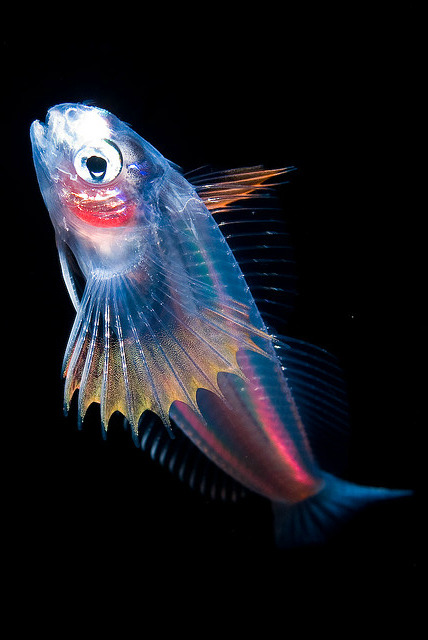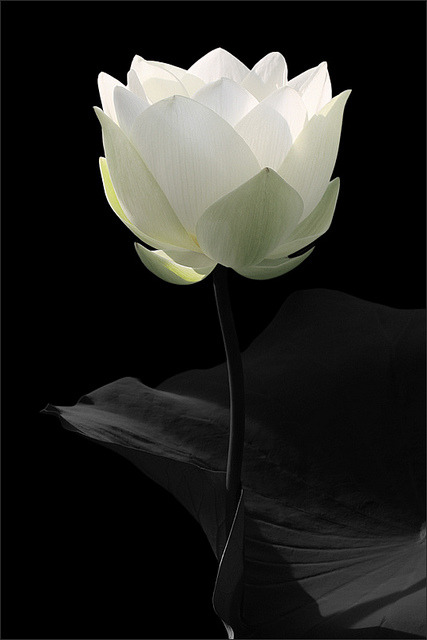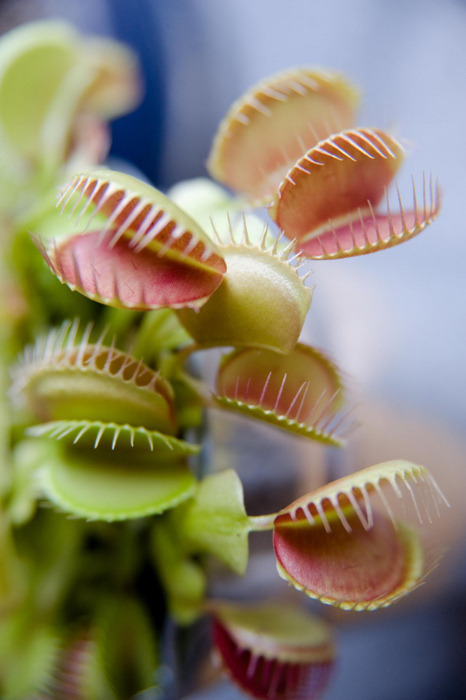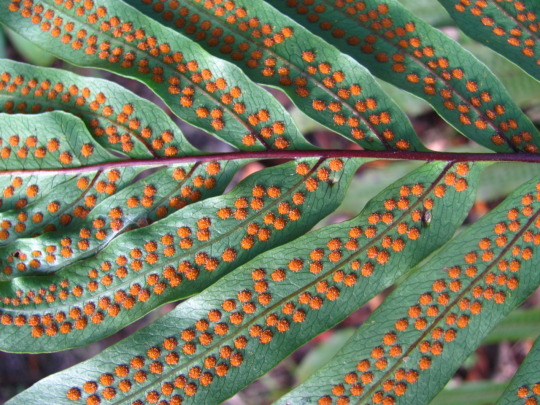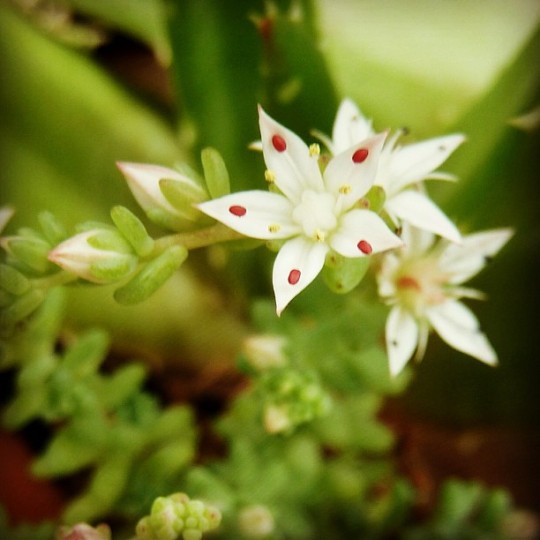Biologist. Orchid Taxonomist. Product Designer. Nature lover. Gay.
Don't wanna be here? Send us removal request.
Photo

gang gang cockatoo
(photo via wildlife in victoria blog)
171 notes
·
View notes
Photo

Peek inside a Leatherback Turtle’s (Dermochelys coriacea) mouth: How to eat jelly fish when your mouth is an exquisitely evolved jellyfish deathbed.
We know turtles like to eat jellyfish, and the Leatherback likes them most of all. However, this is the biggest turtle, consuming a prey that extremely low nutritional value, therefore it has to nom on a lot of them. As it does so, it takes in saltwater as well. The jellies and the saltwater get stored in the esophagus.
What happens next you ask? Is it to do with the horrific looking backwards facing spines that don’t look comfortable in anything’s mouth?
But of course! Because that is the beauty of evolution, the refined logic of adaptation.
The muscles of the esophagus squeeze the seawater out of the mouth and the spines, which get progressively larger down the esophagus, hold the jellyfish in place. Once all the water is gone, the jellies are passed into the stomach.
This is one of the many *awesome* characteristics of the leatherback turtle - trawling for jellyfish on this earth for over 90 million year.
Trawling for fish/shrimp (by humans, not leatherbacks), is one of the reasons Leatherbacks are classified as Critically Endangered by the IUCN Red List.
Source: Evolution FB
2K notes
·
View notes
Photo

”White-chinned Sapphire (Hylocharis cyanus)” by jarbas mattos
85 notes
·
View notes
Photo

eye to eye
(photo via photoity)
200 notes
·
View notes
Photo

Leatherback Sea Turtle (Dermochelys coriacea) esophagi. *Shudders*
I want to tell you about how my nightmares from now on will have me stuck in a room made out of Leatherback esophagi, but the conservationist in me wins:
Leatherbacks feed almost entirely on Jellyfish. Plastic bags floating in the water look like jellyfish. I can attest to this - having flapped in panic out of the way of a plastic bag on a dive, only to realise what it was, and check to see if any other divers saw my mistake, and then pick up the bag.
Now imagine a plastic bag caught on those spines. That’s not going to dislodge easily. No, it’s more likely to cause suffocation and starvation. Ladies and Gentlemen, this is not our nightmare. It’s theirs. And it’s come true.
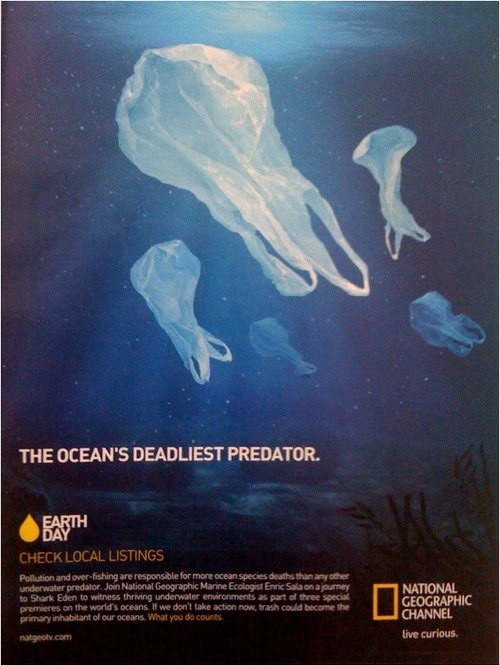
417 notes
·
View notes
Photo

“” No .. No .. Thanks .. “” by SIJANTO NATURE:)
98 notes
·
View notes
Photo

Brownea leucantha by BioDivLibrary on Flickr.
Fragmenta botanica, figuris coloratis illustrata. Viennae, Austriae : Typis Mathiae Andreae Schmidt, typogr. Universit., 1809.. biodiversitylibrary.org/page/287650
#1809#Austria#Botany#Icones#Pictorial works#Missouri Botanical Garden#Peter H. Raven Library#Brownea leucantha#Brownea
89 notes
·
View notes
Photo

(via wood, brick, stone. / dark wood and fruit)
339 notes
·
View notes
Photo

The magnified image of pollen grains reaching the stigma in wolfsbane plant.
198 notes
·
View notes
Photo





Paleobirding: What Birds Looked Like 125 Million Years Ago
Wired put out a cool article with photos of beautiful and articulated fossils of ancient birds. Here’s a sample of some of the photos they have in the post, so make sure to click the link to see all the photos, plus descriptions for the animals as well! Below is the intro from their post on Wired, so enjoy!
Looking at ancient bird fossils is an opportunity to see what birding might have been like millions of years ago. Back then, many birds had enormous teeth, long snouts and long, bony tails.
“The birds that lived during the age of the dinosaurs were very different from the birds that live today,” said Los Angeles County Natural History Museum curator and dino-bird expert Luis Chiappe. “And it would have been a completely different experience to go out birding in the Mesozoic Era.”
During the Mesozoic, from 250 to 65 million years ago, the planet also looked and felt very different. Earth was much warmer, and the ice caps didn’t exist. The continents were only beginning to split into their modern configurations. Sea levels were higher, and large dinosaurs ruled the land. Primitive birds emerged at this time and became prey for non-avian dinosaurs, which were usually much bigger.
We’ve compiled a quick guide to birding in China’s primitive forest-filled aviary, which thrived about 125 to 120 million years ago. We’ve tried to give a sense of how big these ancient birds were by comparing them to modern birds. The comparisons are based on the size of the femur, or thigh muscle.
Read about the animals and see more photos on Wired!
218 notes
·
View notes
